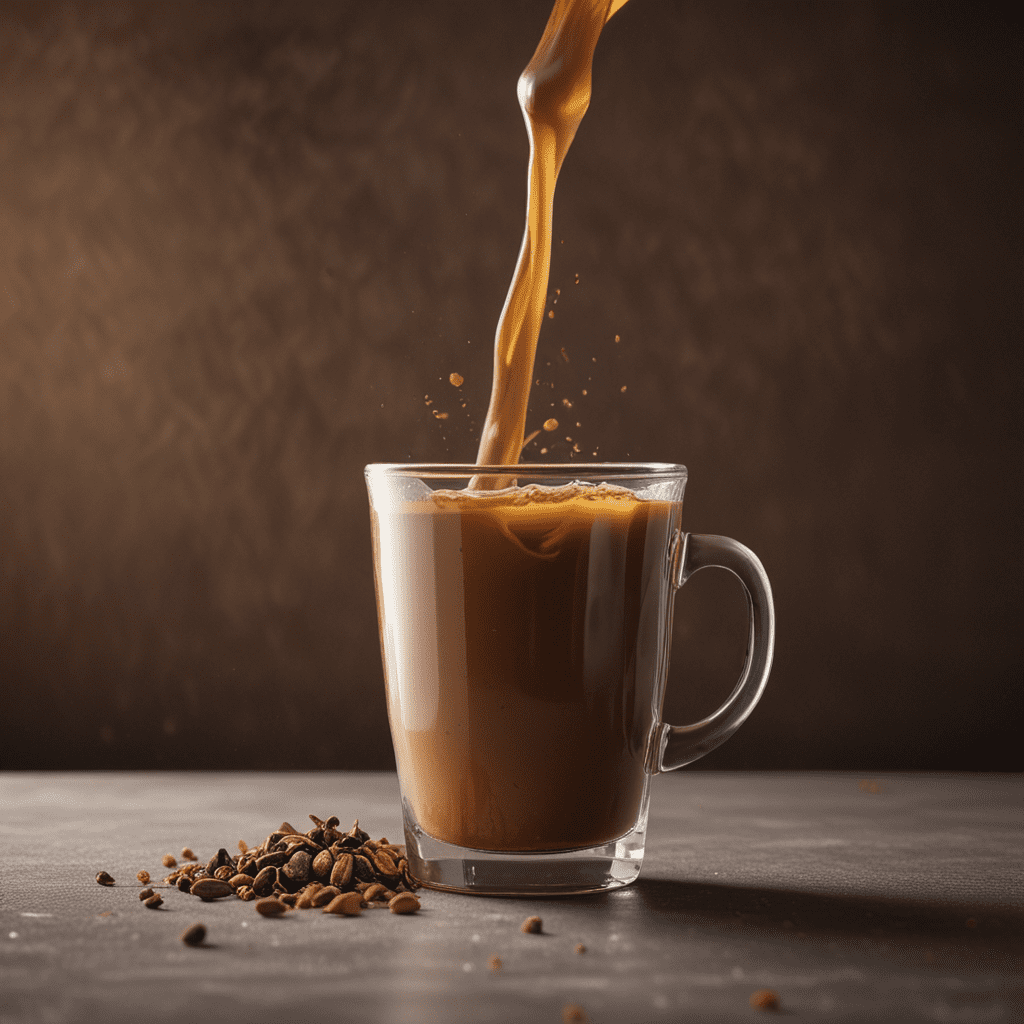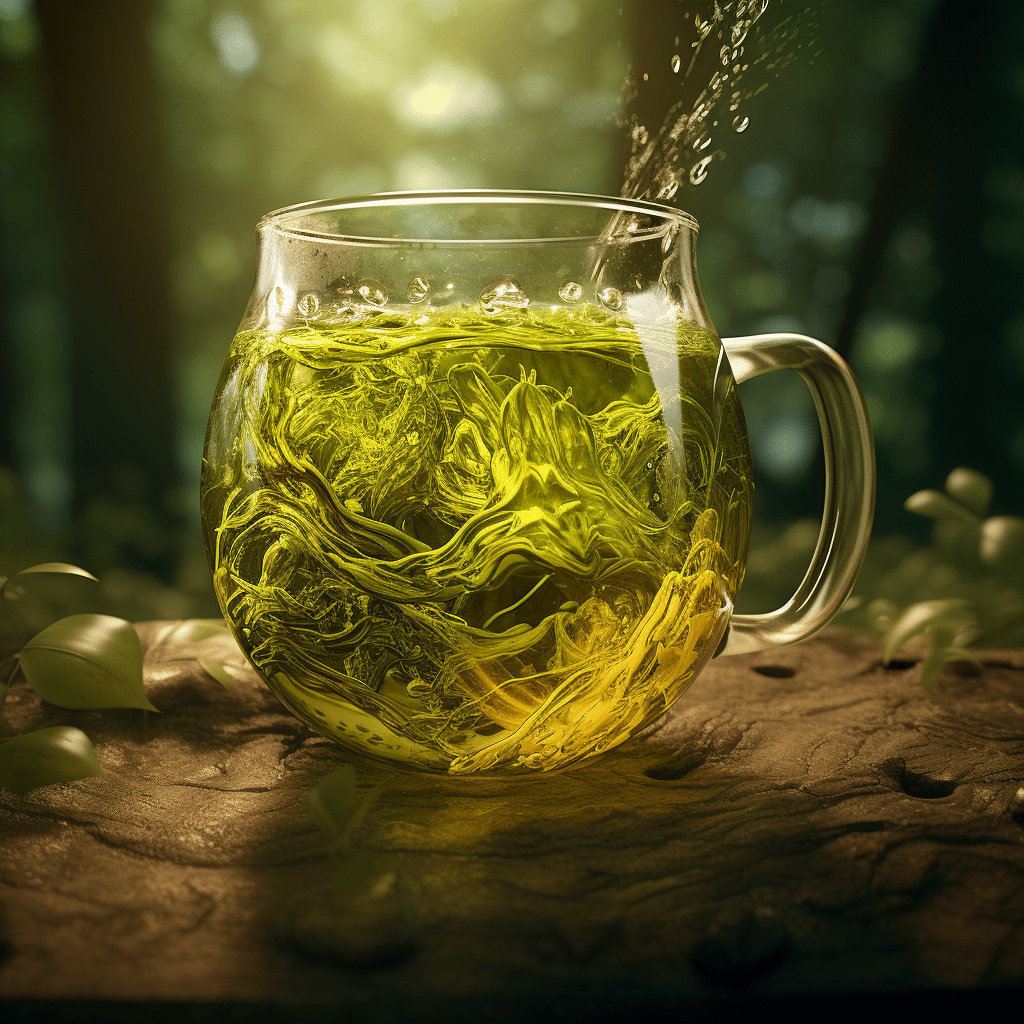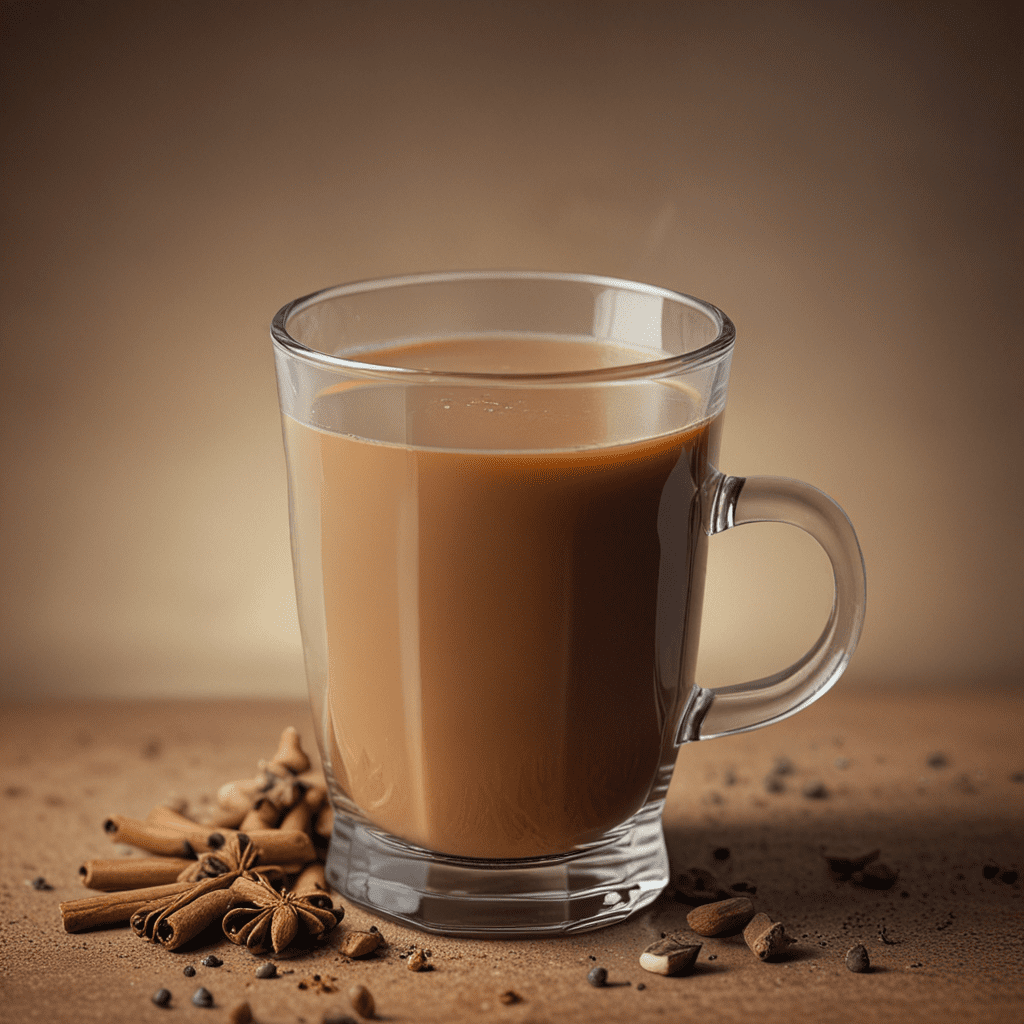
Chai Tea: A Spicy Symphony in a Cup
Historical Origins and Cultural Significance
Chai tea, an aromatic blend of black tea, spices, and milk, is a beloved beverage with a rich history steeped in ancient traditions. Originating from the Indian subcontinent thousands of years ago, chai was initially a medicinal drink brewed with herbs and spices for its healing properties. Its popularity soared during the British colonization of India, blending with European tea culture to create the modern-day chai we know and love. Today, chai holds a significant place in Indian culture, symbolizing hospitality, warmth, and communal gatherings.
The Aromatic Blend of Spices
The distinctive flavor of chai tea lies in its harmonious blend of spices. Cardamom, cinnamon, ginger, cloves, and black pepper are the quintessential ingredients, each contributing its unique aromatic profile. Cardamom's floral notes add a sweet and refreshing touch, while cinnamon's warmth and ginger's spicy kick provide a tantalizing balance. Cloves offer a hint of pungency, and black pepper adds a subtle sharpness that awakens the palate. Other spices like nutmeg, star anise, and saffron may also be added, creating variations in flavor and aroma.
Health Benefits of Chai Tea
Beyond its captivating taste, chai tea offers a myriad of health benefits. The spices used in chai have long been known for their medicinal properties. Cardamom aids digestion and freshens breath, while cinnamon regulates blood sugar levels and reduces inflammation. Ginger boasts anti-nausea and anti-inflammatory effects, and cloves possess antibacterial and antioxidant properties. Consuming chai tea may also boost immunity, improve heart health, and alleviate stress.
Brewing Techniques and Variations
Brewing chai tea is an art form that can be adapted to personal preferences. The traditional method involves simmering black tea leaves with spices in milk and water. Chai concentrate can be made in advance and reheated as needed. Variations include using different types of tea, such as green tea or oolong, or adding sweeteners like honey or sugar. Chai lattes, made with steamed milk and frothed milk, offer a creamy and indulgent twist.
Chai Tea as a Relaxing Beverage
Chai tea is renowned for its calming and soothing effects. The combination of spices and warm milk creates a sense of tranquility and relaxation. Chai is often consumed before bedtime to promote restful sleep. Its anti-inflammatory properties may also alleviate stress and anxiety, making it an ideal beverage for unwinding after a long day.
The Ritual of Chai Consumption
In many cultures, chai consumption is not merely a beverage but a social ritual. In India, chai is often served in small clay cups called kulhads and shared among friends and family. The act of preparing and drinking chai together fosters a sense of community and warmth. Chai is also a central part of religious ceremonies and festivals, symbolizing hospitality and welcome.
Chai Tea in Modern Culture
Chai tea has transcended its traditional roots and become a global phenomenon. It is now enjoyed in coffee shops, tea houses, and homes worldwide. Chai-inspired products, such as chai-flavored lattes, ice cream, and pastries, have emerged, reflecting its widespread popularity. Chai tea has also made its way into literature, music, and art, further solidifying its cultural significance.
Chai Tea and Gastronomy
Chai tea pairs exceptionally well with a variety of culinary delights. Its spicy and aromatic profile complements sweet desserts, such as cakes, cookies, and pies. Chai tea can also be used as an ingredient in savory dishes, adding a unique flavor to curries, stews, and marinades. Its versatility makes it a culinary chameleon that can enhance both sweet and savory creations.
Chai Tea: A Global Perspective
Chai tea has become a beloved beverage across the globe, spanning cultural and geographical boundaries. While the traditional Indian chai remains the foundation, variations have emerged that reflect local tastes and preferences. In the Middle East, chai is often brewed with cardamom and saffron, while in the West, it may be blended with vanilla or almond flavors. The global appeal of chai tea is a testament to its adaptability and universal enjoyment.
Chai Tea as a Symbol of Hospitality
In many cultures, chai tea is synonymous with hospitality and welcome. Offering chai to guests is a gesture of warmth, generosity, and respect. Chai is often served in communal settings, encouraging conversation and fostering a sense of togetherness. Its comforting aroma and soothing taste create a welcoming ambiance that extends beyond mere beverage consumption.
Frequently Asked Questions (FAQs)
What is the difference between chai and black tea?
Chai tea is a blend of black tea with spices, while black tea is simply the unadulterated tea leaves.
What are the most common spices used in chai tea?
Cardamom, cinnamon, ginger, cloves, and black pepper are the quintessential spices used in chai tea.
How do I make chai tea at home?
Simmer black tea leaves with spices in milk and water. Adjust the proportions and spices to suit your taste.
What are the health benefits of chai tea?
Chai tea may aid digestion, regulate blood sugar levels, boost immunity, improve heart health, and alleviate stress.
Can I drink chai tea before bed?
Yes, chai tea is often consumed before bedtime due to its calming and soothing effects.

